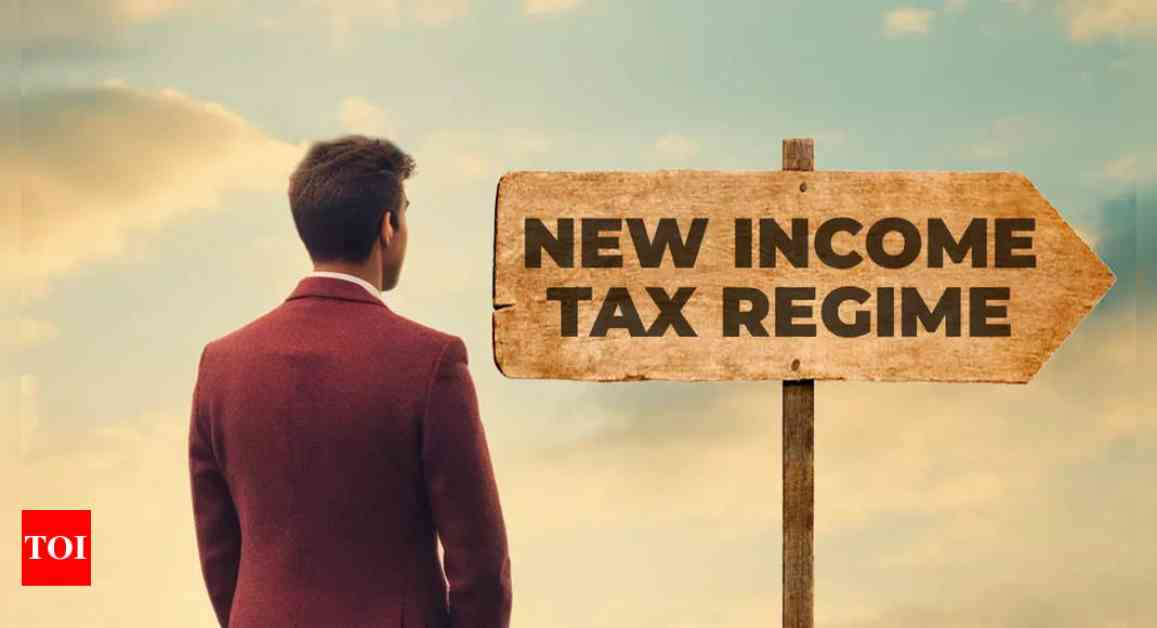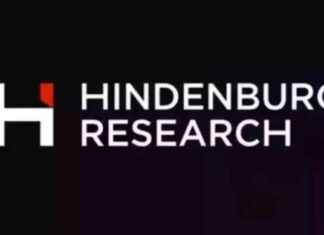In the ever-evolving landscape of tax policies, taxpayers in India have been closely watching the developments surrounding the income tax regime. With the introduction of the new income tax structure in the Union Budget 2020, Finance Minister Sitharaman ushered in a new era of simplicity and efficiency, aiming to move away from the cumbersome tax exemption system that had long been a source of confusion and litigation.
Initially met with skepticism, the new tax regime gained traction over the years, with a significant majority of taxpayers opting for the streamlined approach. As per recent statistics released by PIB, a staggering 72% of taxpayers chose to file their returns under the new income tax regime for the Assessment Year 2024-25. This shift was further fueled by the enhancement of the Standard Deduction against salary income, signaling a clear preference for the simplicity and transparency offered by the new system.
However, a sizable portion of taxpayers, accounting for the remaining 28%, continue to cling to the traditional tax structure, reaping the benefits of various exemptions and deductions. With the threshold limits for exemptions and deductions remaining stagnant for over a decade, proponents of the old regime are now clamoring for adjustments that reflect the changing economic landscape in India.
Expectations from Traditional Taxpayers
Among the key expectations voiced by taxpayers favoring the traditional structure are calls for an increase in the Basic Exemption Limit from Rs 250,000 to at least Rs 300,000. Additionally, there is a push for an enhanced Standard Deduction to align with the new regime, currently set at Rs 75,000. Furthermore, demands for higher deductions for interest on housing loans and increased limits under Section 80C & 80D have also been put forth, highlighting the need for a more flexible and accommodating tax framework.
Demands for Tax Reform
In a bid to lure more taxpayers to the new income tax regime, proponents of the traditional system are advocating for a reduction in tax rates for various income brackets. Suggestions include lowering the tax rate from 20% to 15% for income ranging between Rs 12,00,000 – Rs 15,00,000 and from 30% to 20% for income between Rs 15,00,000 to Rs 20,00,000. Additionally, calls for an increase in the standard deduction to Rs 100,000 and the extension of deductions for contributions towards the National Pension Scheme have been made to make the new regime more appealing.
Amidst these discussions, the Income Tax Department has been actively cracking down on fraudulent claims and disproportionate refunds, signaling a shift towards improved governance and compliance. The Government’s recognition of potential misuse under the old income tax regime may lead to stricter regulations and a gradual phase-out of the outdated system. The utilization of advanced AI-enabled administrative platforms like ITBA 2.0 could play a pivotal role in streamlining tax administration and ensuring fair practices.
As taxpayers eagerly await the unveiling of the long-anticipated New Income Tax Bill, expectations are high for a clearer roadmap towards a simplified and efficient tax regime that fosters economic growth and equitable distribution of resources. With inputs from experts in the field, including Vikas Narang, Director, and Harini Vishwanath, Manager, the conversation around tax reform continues to evolve, shaping the future of India’s tax landscape.























